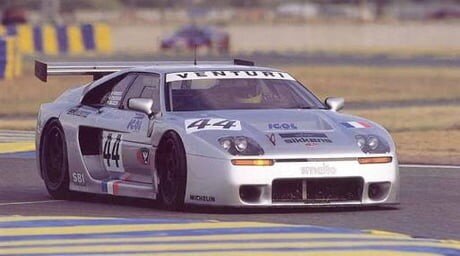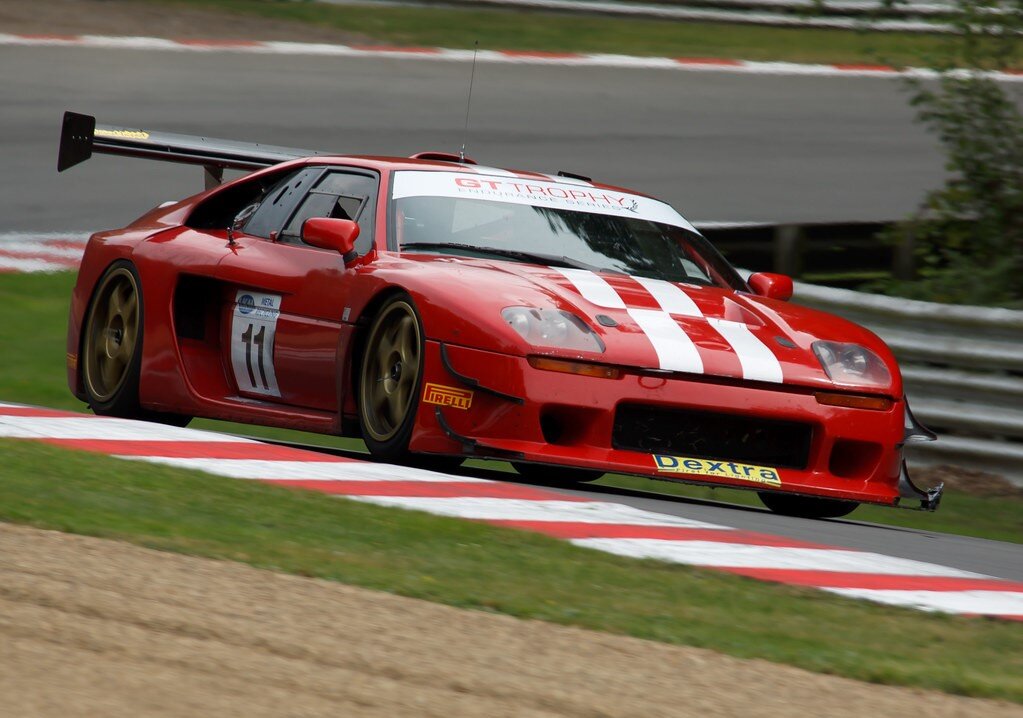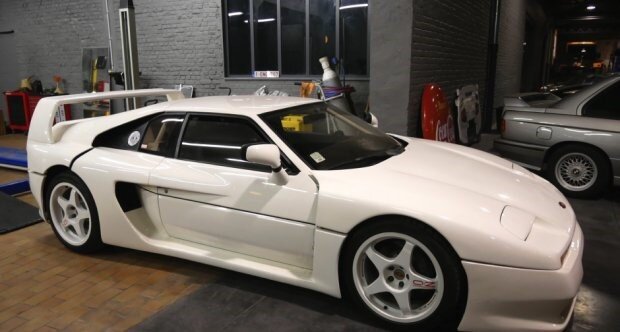“The inspiration for this article was whilst we are in lock down I was going through boxes of over a 1000 Fly Slot Cars that I have Collected.It made think that Fly Slot Cars were one of the Only Companies to ever manufacture models to Commemorate the History of the Venturi” from the 90”s.
The Venturi marque was a project born from two engineers who left their jobs at Heuliez to create machines that could compete with the top sports car manufacturers across Europe. Despite coming into existence during the onslaught of a global recession, Venturi managed an impressive list of accomplishments during its short tenure as a manufacturer
The Venturi 400 Trophy, also known only as Venturi Trophy is a competition car built in 1992 which was Affectionately referred to by some as the “French F40,”
The Venturi 400 GT that came in the 1990s remains one of the fastest road-going cars to come from France, and it was also the first road car ever to feature carbon brakes as standard equipment. Venturi produced more racing than road car variants though, and the motorsport entries proved to be formidable competition against well-established marques at high-level competitions like the 24 Hours of Le Mans, 1000km of Paris, and 4 Hours Spa. And with the assistance of racer-turned-organizer Stéphane Ratel, a single-model racing series was called the Venturi Gentlemen Drivers Trophy.
73 Venturi 400 Trophy models were produced,
Each of the vehicles in the Trophy had the same technical preparation to ensure that competition was on a level playing field, and the racing was as closely fought as you could hope for, and the six-race series was held on world-famous circuits of : Le Mans, Pau, Paul Ricard, Nürburgring, Magny-Cours, and Dijon.
Venturi gave customers the option to have the cars returned to the factory to be converted to road spec after the completion of the series, although the conversion did little more than add a speedometer and odometer, plastic door cards, and in some instances replaced the fixed covered headlights with pop-ups.
1992 - VENTURI 400 TROPHY, chassis n° 0051 out of 73, competed in the Gentlemen Drivers Trophy in 1992,1993 and 1994 and in the 1995 Philippe Charriol Supersports Trophy, driven by the Belgian Eric de Doncker, who finished fifth in the Group C category in the 1993 season..
It’s said that 13 Trophy-spec cars were converted, while the rest went on to continue to race in other series or were modified to be even more powerful track toys.
Despite the similarities in weight and 0-60 times between the F40 and this so-called “French version, “At the end of the day, the F40 is still a road car. The Venturi is definitely 100% a race car.”
The Venturi 400 Trophy above is the 66th 400 Trophy produced by the factory and one of Only 13 Venturi 400 Trophy which received road homologation by the factory.
Today, Venturi specialises in the development of high performance electric vehicles destined to break records or to operate in extreme conditions. Through its Venturi Global Challenges, Venturi aims at demonstrating the efficiency and durability of electric vehicles.
The first team to commit to the Formula E World Championship, Venturi competes under the name of ROKiT Venturi Racing with its drivers Felipe Massa and Edoardo Mortara.








